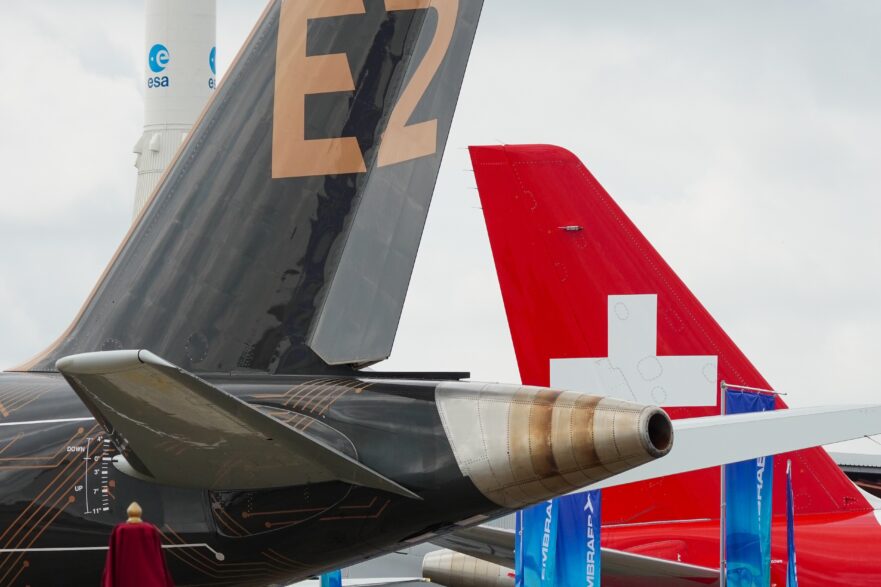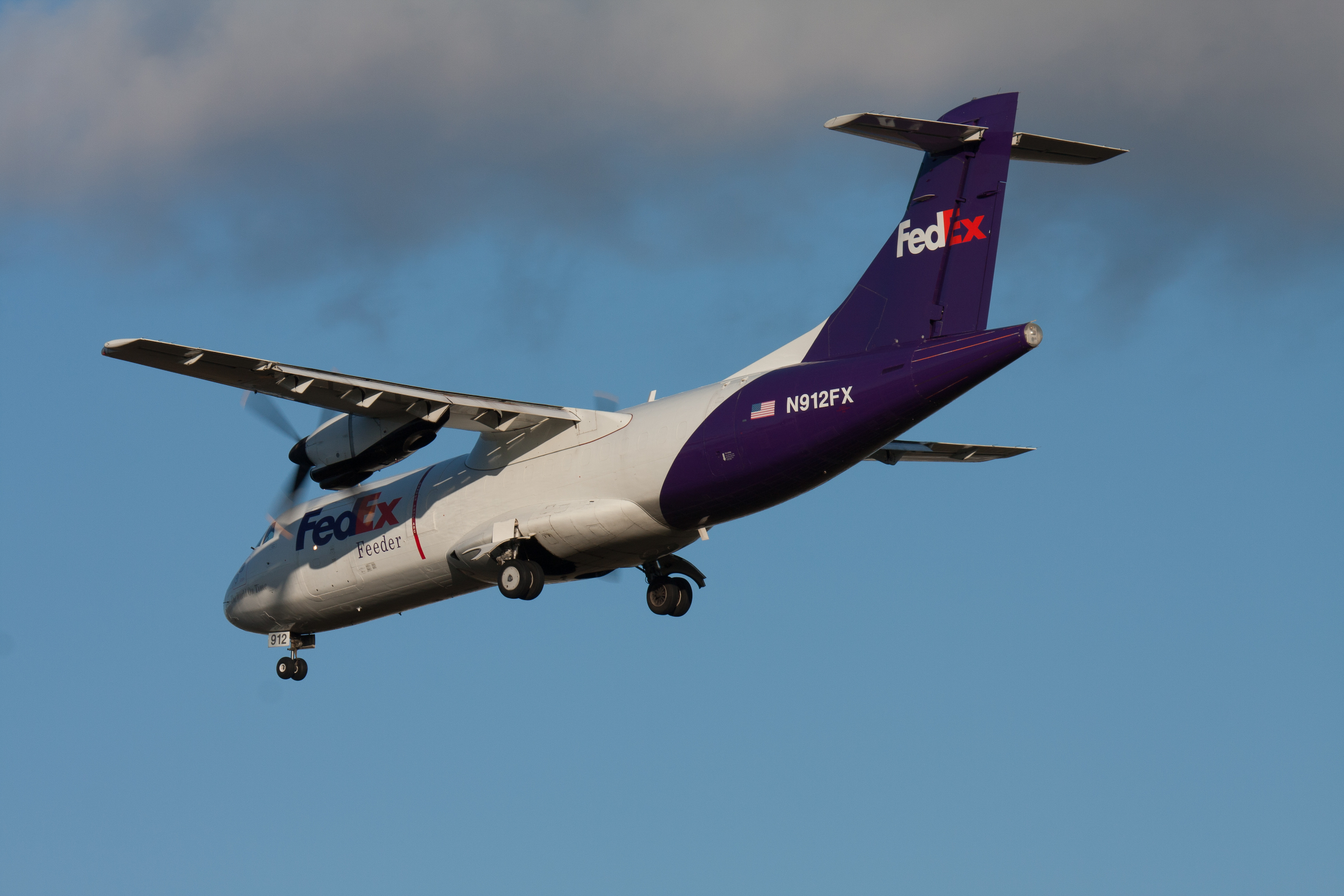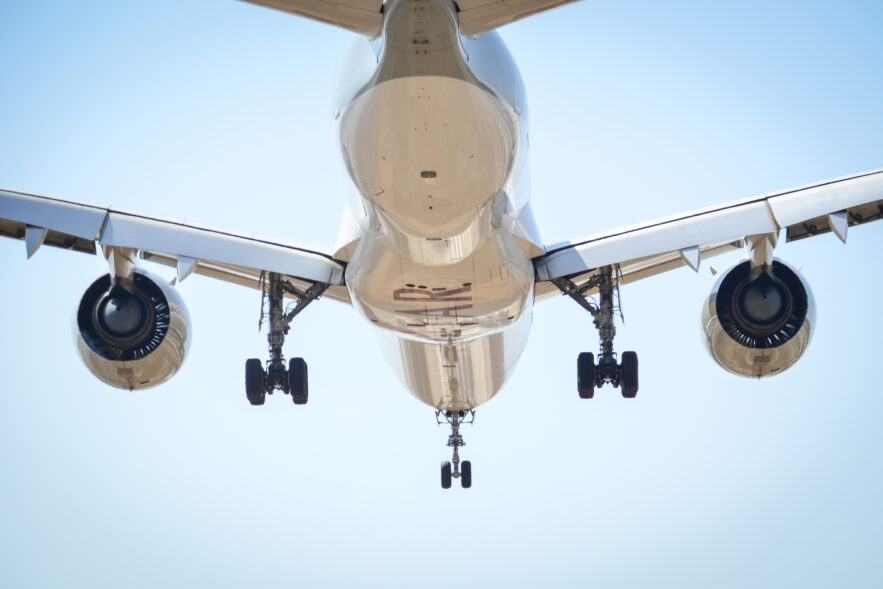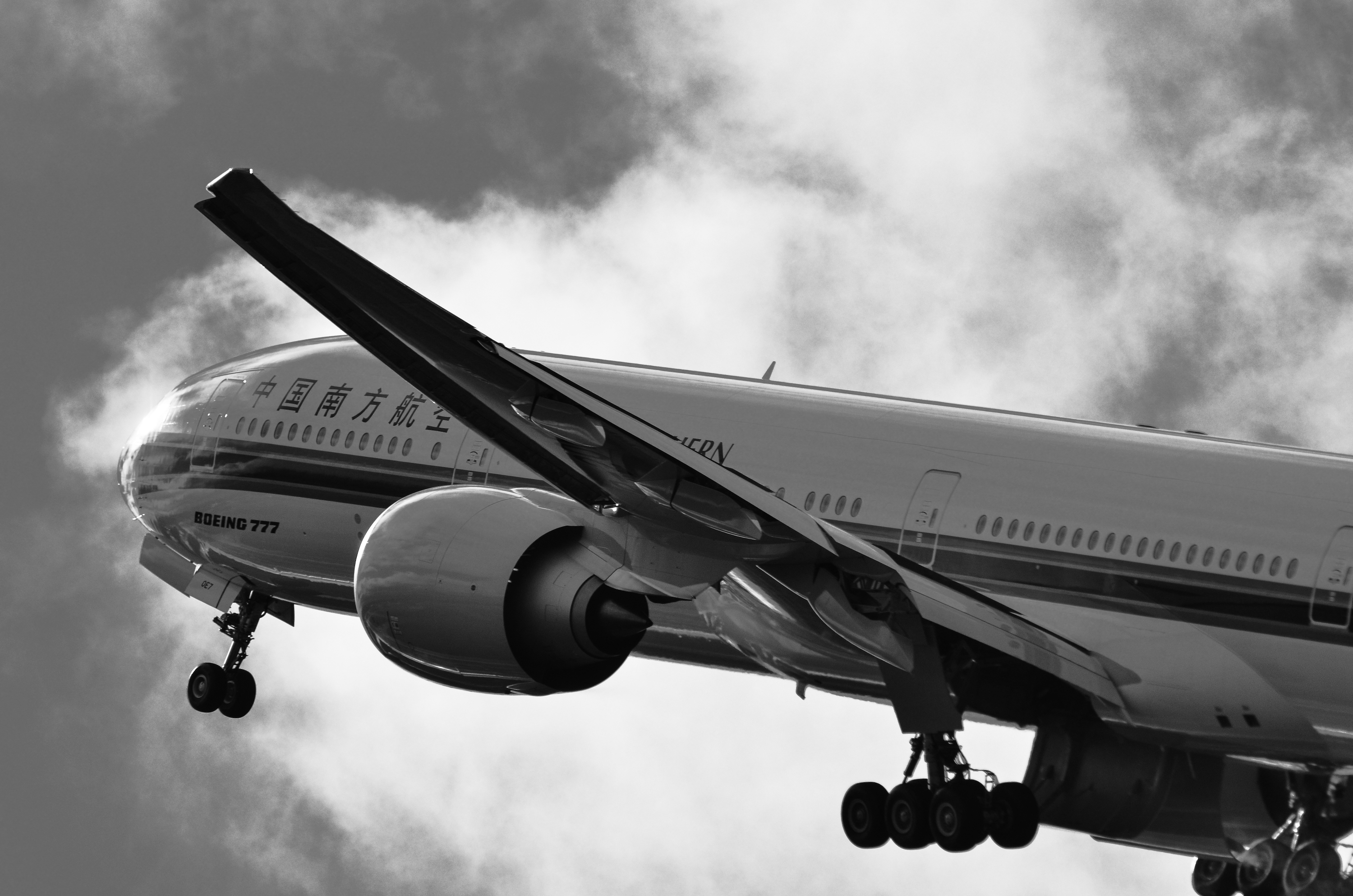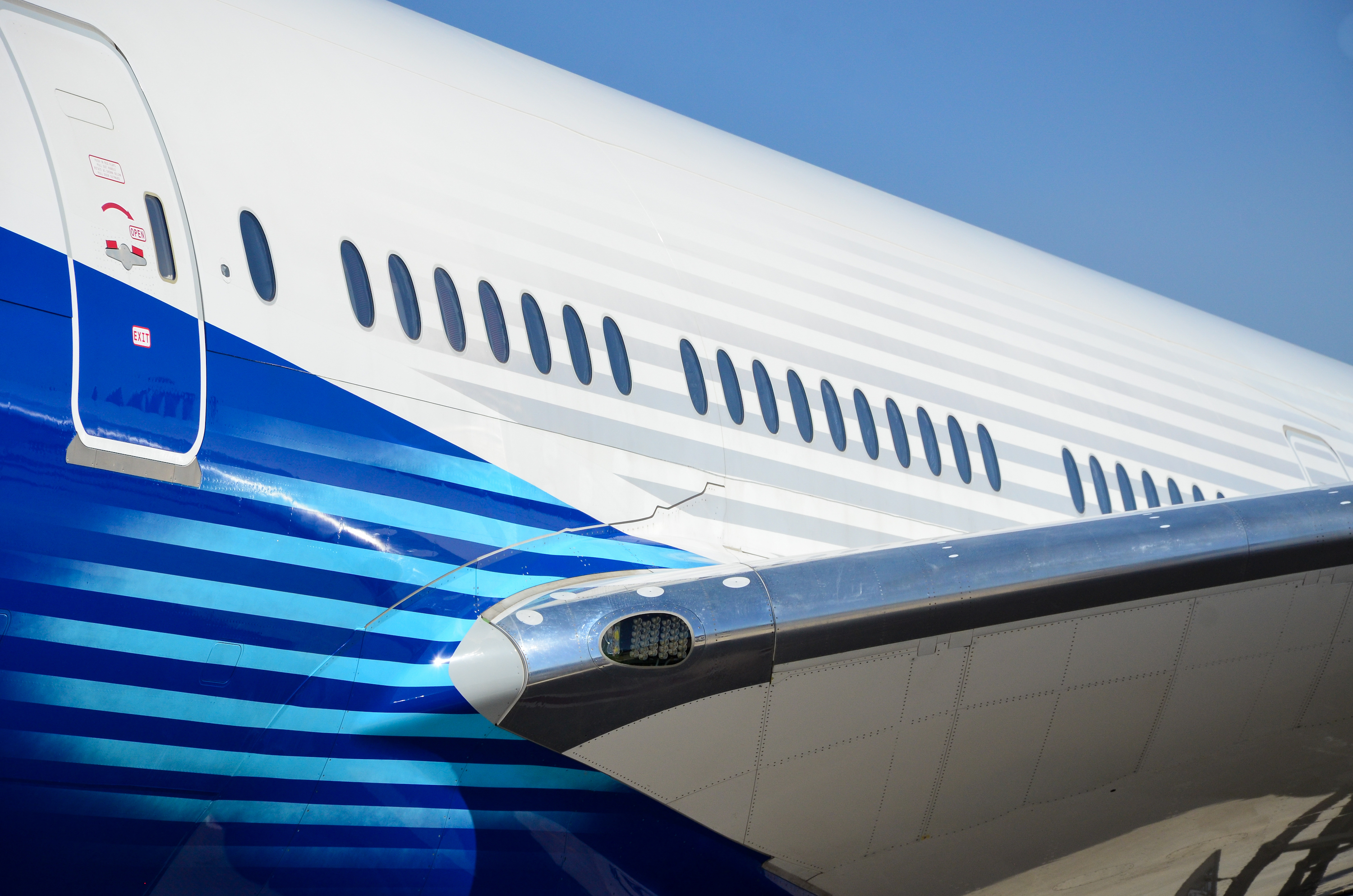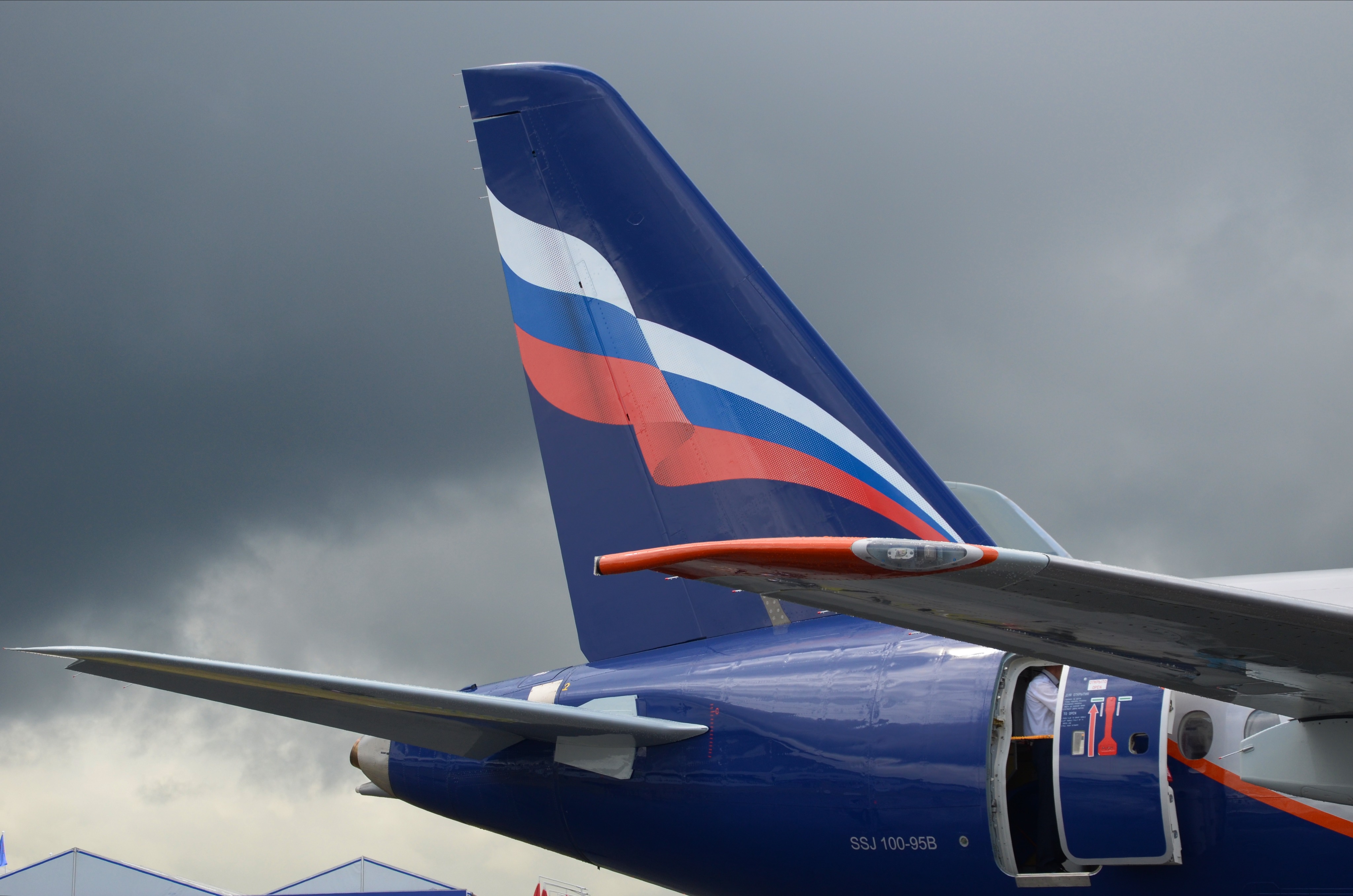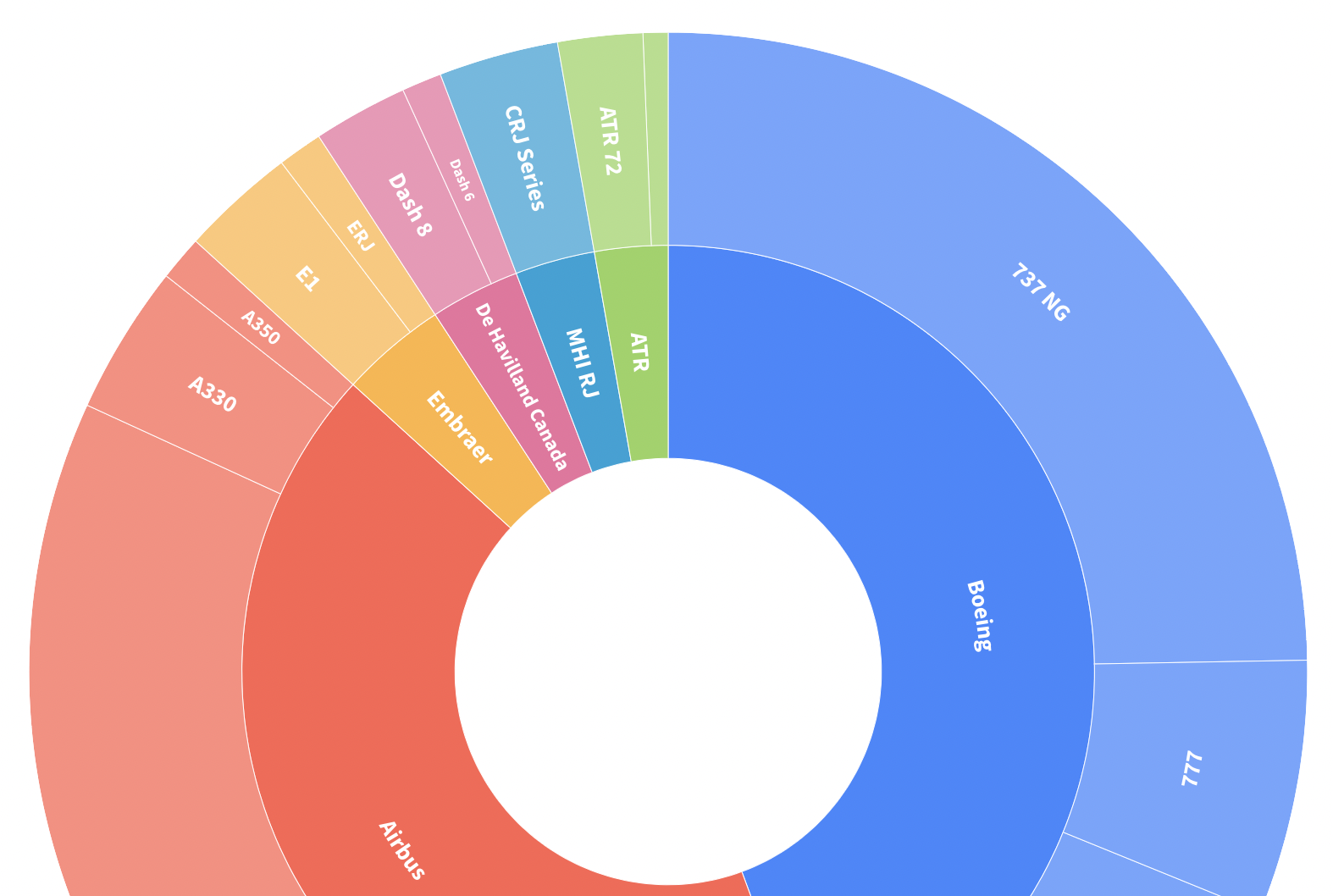Log-in here if you’re already a subscriber HEAR FROM THE AIR CURRENT Leave this field empty if you're human: Release...
Log-in here if you’re already a subscriber HEAR FROM THE AIR CURRENT Leave this field empty if you're human: As...
Log-in here if you’re already a subscriber HEAR FROM THE AIR CURRENT Leave this field empty if you're human: Release...
Log-in here if you’re already a subscriber Release DateNovember 16, 2023Embraer enters ‘harvest season' after decades of unceasing developmentPurchase a...
Log-in here if you’re already a subscriber Release DateMarch 20, 2023Now airborne, Universal Hydrogen looks ahead to ATR commercializationPurchase a...
Elan Head and Jon Ostrower·
Log-in here if you’re already a subscriber Release DateFebruary 9, 2023No quick path to certification for Sikorsky and FedEx autonomy...
Log-in here if you’re already a subscriber Release DateNovember 18, 2022Widebodies finally join the global airline recoveryPurchase a PDF of...
Log-in here if you’re already a subscriber Release DateOctober 17, 2022The U.S. has a 50-seat jet problemPurchase a PDF of...
Log-in here if you’re already a subscriber Release DateSeptember 8, 2022A different way to think about the future of flying...
Jon Ostrower and Elan Head·
Sign up to receive updates on our latest scoops, insight and analysis on the business of flying. (function($) {window.fnames =...
The most far-reaching sanctions of the modern economic era have disconnected Russia and its civil aviation industry from much of the world. Its digital connection is severed, along with its access to parts, services, international markets and crucial airspace. Yet what will come of the fleet that operates today inside of Russia?
As part of our on-going detailed coverage of the invasion of Ukraine by Russia and the resulting impact to global aviation, The Air Current has constructed an interactive data visualization of the fleet of Western-made aircraft flying today inside of Russia.



